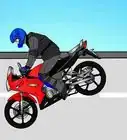wikiHow is a “wiki,” similar to Wikipedia, which means that many of our articles are co-written by multiple authors. To create this article, 26 people, some anonymous, worked to edit and improve it over time.
There are 12 references cited in this article, which can be found at the bottom of the page.
This article has been viewed 179,037 times.
Learn more...
Lots of people get a little lazy about motorcycle maintenance over time. To keep your bike in good running condition, periodic maintenance is extremely important. Maintaining your bike regularly helps it to perform at its peak and ensures that you can enjoy safe, problem-free riding. A lot of the basic servicing jobs are easy enough to do yourself.
Steps
Doing Specific Maintenance Tasks
-
1Check the tire condition regularly. You should change the tires when you notice a change in the way the bike handles, as specified by local legislation, or at the very latest when the tread is worn down to the wear bars. Under-inflated tires will overheat and may fail. Over-inflated tires will give less than optimal grip.[1]
- Ideally, check tire pressure before and after every journey. Commit to a weekly checking routine.
- Replace the tires if there is rapid pressure loss.
- Replace when there is about 1.59mm (2/32” or 0.063 inches) tread remaining all around the tire. Don’t wait till tires go bald.
- Always change tires in sets. Both tires go through the same stresses and rigors of road riding.
-
2Check and top up or replace engine oil.[2] It lubricates your gears and engines; not changing the engine oil will cause damage to the engine. The owner's manual will specify how frequently the oil should be changed and this schedule should be followed.
- Check for any possible oil leakages. Carbon deposits thicken the oil, creating a drag in the movement of engine.
- Avoid running your bike on dirty oil. It will increase the consumption of fuel and drastically reduce the engine life.
Advertisement -
3Always keep the air filter clean.[3] Dusty conditions in particular will clog up the filter in very little time.
- Always change the air filter at recommended intervals; increase the cleaning frequency in particularly dusty conditions.
-
4Adjust the clutch correctly as needed.[4] It should have the right amount of free play.
- Don’t tighten your clutch too much – an over-tightened clutch may cause it to slip without your noticing. It also leads to increase in fuel consumption.
- Make sure you have the right clutch adjustments in place.
-
5Service your engine regularly. Tune it up to keep the engine running like clockwork and reduce your fuel consumption.
- Clean the carburetor and maintain valve clearances. Clean out the carburetor, for every 1500 kilometers (900 miles) you travel.[5]
- Clean the spark plugs and check the gap every 750 kilometers (450 miles) for an old / antique two-stroke motorbike and every 1,500 kilometers (900 miles) for a four-stroke bike. Spark plugs should be changed as specified in the owner's manual (or if a problem is suspected). It is critically important to use the correct spark plug grade and type.[6]
- Keep the choke clean and have it replaced immediately if it is damaged.
-
6Maintain the transmission system. If your bike chain is not lubricated, it may be damaged due to excess heat, and will wear out. This cumulative wear on all the separate links makes the chain loose, and more likely to fall off the sprockets. This can be very dangerous.[7]
- Provide regular lubrication, as well as cleaning and adjustment.
- Use paraffin to wash the chain.
- Use a piece of cloth and a soft brush to remove the dirt in the chain. Never use water to clean the chains, as that could rust the chain links.
- Wipe the chain with a clean dry cloth, once the dirt has been cleaned completely.
- Use your old engine oil to lubricate the chain links and the chain.
- Ensure that your bike’s chain has the proper tension and free play. Any variation will not power the rear wheel smoothly.
-
7Clean the bike regularly. Keeping it clean of dirt (and salt in winter) will not only make it look nice but will help with maintenance, too.[8] It also makes it easier to notice missing or loose bolts and nuts.
- Cover the ignition switch unit, ignition coil and silencer using plastic sheets, before you start cleaning the motorcycle.
- Use a microfiber cloth to clean your bike.
- Avoid exposing your bike to direct sunlight; try to park your bike in the shade.
-
8
-
9Maintain your brakes.
- Keep both the brakes holding the tire properly spaced. Brakes becoming too tight, or too loose, can be very dangerous.
- Tighten the brakes as per your personal style and requirement.
- Replace the bike’s brake pads in the front if screeching sound persists; this could also be because of a lack of oil.
- Replace all the front and rear brake oil with recommended (DOT 3 / 4 / 5) specification.
-
10Check the fork and fork oil.[10]
- Change your bike’s fork oil, for once in every 12000 kilometers.
- Check forks and spring for rust or damage.
- Adjust your fork according to your preferences and comfort.
-
11Check the sprockets. Replace them when necessary.[11]
- The usual wear-out limit for sprockets is 40,000 kilometers (25,000 miles).
- Change both the driving and driven sprockets, and the chain, at the same time. It's not recommended to change only one part.
Following a Maintenance Schedule
-
1Check some basics on your bike every day, or every time you read. To perform this kind of regular check/maintenance, you should:
- Check the fuel level every day to confirm you're not leaking any fuel.
- Check all your fluid levels - oil, brake fluid and coolant, if applicable.
- Check the throttle cable play. Confirm smooth operation and that it returns properly to the closed position.
- Check steering lock and lever notches for any uneven feel or interference with the operation of any cables at full lock.
- Check brake pedal play, as specified in your motorcycle's manual. Confirm the wear lining indicator is within usable range.
- Check drive chain slack, as specified in your manual.
- Check your lights and horn.
- Check the clutch lever play.
- Ensure smooth steering movement. Make sure there are no restrictions.
- Ensure both bike stands return to their fully upright position.
- Check the correct inflation pressure in both tires. Make sure you have adequate tire tread depth and no cracks or splits.
- Adjust the rear viewing span of mirror if needed.
- Ensure kill switch functionality.
- Check brake hoses for chafing or leakage.
-
2Do weekly maintenance. Take care of these checks weekly or every 200 miles, whichever is sooner.
- Check oil level - does it require topping-up? Top up if so.
- Check your tire pressure with an accurate gauge.
- Check the battery. If it's not maintenance-free, then check the electrolyte level and top up with distilled water if necessary.
- Check the control cables. Lubricate as necessary
- Check the brakes. Pads and disks should be checked for wear and replaced if necessary.
- Check and top-up your fluids.
- Adjust the drum brakes as necessary.
- Do a full visual inspection. Check for loose nuts and bolts and spokes.
- Check for fork seal leaks and any other oil leaks.
-
3Do a monthly check. Perform these tasks every month or every 1,000 miles (whichever is sooner).
- Check the spark plugs. Clean and adjust or replace;[12] anything other than a light/medium brown deposit may indicate problems.
- Check control cables. Adjust for free play.
- Check Idle speed. Adjust as necessary.
- Lubricate control lever pivots.
-
4Perform quarterly maintenance. Check these items once every three months, or 2,500 miles (whichever is sooner).
- Change the oil and filter.
- Change the air filter.
- Check wheel and steering head bearings and grease them. Replace if necessary.
- Check the exhaust system for leakage.
-
5Do a semi-annual review. Check these items twice a year, or every 5,000 miles (whichever is sooner).
- Adjust carburetor synchronization - if applicable.
- Check overflow pipes. Replace any that are blocked or missing.
-
6Do annual maintenance. Complete these checks every year or every 10,000 miles (whichever is sooner).
- Do all the above half-yearly maintenance tasks.
- Replace spark plugs.[13]
- Check suspension linkages for play. Replace linkage, bearings, and bushes as necessary.
Community Q&A
-
QuestionHow can I increase the mileage of a petrol engine?
 Community AnswerChange gears only when clutch is fully pressed. Ride in top gears as much as possible. Ride in economy speed range specific to your bike. Do not race the engine unnecessarily.
Community AnswerChange gears only when clutch is fully pressed. Ride in top gears as much as possible. Ride in economy speed range specific to your bike. Do not race the engine unnecessarily. -
QuestionHow can I reduce the amount of vibration on my bike?
 Community AnswerSwitch to a bigger and more expensive exhaust. If not, try to tighten the screws on your existing exhaust.
Community AnswerSwitch to a bigger and more expensive exhaust. If not, try to tighten the screws on your existing exhaust. -
QuestionIs it bad to ride above a certain speed on a brand new scooter?
 Community AnswerOn a brand new bike or scooter, do not drive over 70 kph; try to be in the range of 40 - 50 kph until your first service when the engine oil is changed.
Community AnswerOn a brand new bike or scooter, do not drive over 70 kph; try to be in the range of 40 - 50 kph until your first service when the engine oil is changed.
References
- ↑ https://www.liveabout.com/inspect-and-maintain-your-tires-2399739
- ↑ https://www.revzilla.com/common-tread/oil-change-101-guide?utm_campaign=How_To_Change_Motorcycle_Oil
- ↑ https://www.bikebandit.com/blog/how-to-clean-and-maintain-motorcycle-air-filters
- ↑ https://www.youtube.com/watch?v=l7uur4HNvoE
- ↑ https://www.youtube.com/watch?v=p44VNddZ7Zc
- ↑ https://www.motorcyclecruiser.com/how-to-spark-plug-check-and-replacement/
- ↑ https://www.revzilla.com/common-tread/how-to-clean-and-lube-a-motorcycle-chain
- ↑ https://www.revzilla.com/common-tread/how-to-wash-a-motorcycle
- ↑ https://motorbikewriter.com/maintain-bike-battery-properly/
About This Article
To keep your motorbike running smoothly, make sure your tires, oil, and filters are well maintained. Keep your tires in good shape by checking the pressure weekly and replacing them when there’s a rapid loss of pressure or when the tread is worn out. Additionally, check your engine oil, which lubricates your gears and engine, to make sure you have enough. When the oil gets dirty, replace it so it doesn’t reduce your engine’s life. You’ll also want to keep your air filter clean and adjust the clutch so it has the right amount of free play to avoid slipping. While cleaning your bike regularly will help it look nice, it will also make it easier to notice missing or loose bolts and nuts. To clean your bike, first cover the ignition switch unit, ignition coil, and silencer with plastic sheets. Then, use a damp microfiber cloth to wipe down your bike before parking it in the shade to dry. To learn how to follow a daily and weekly maintenance schedule, keep reading!
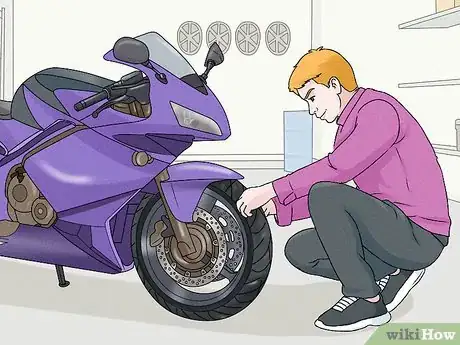
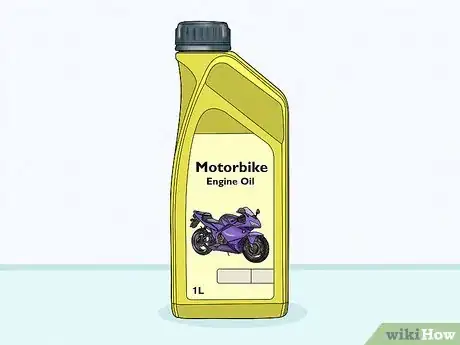
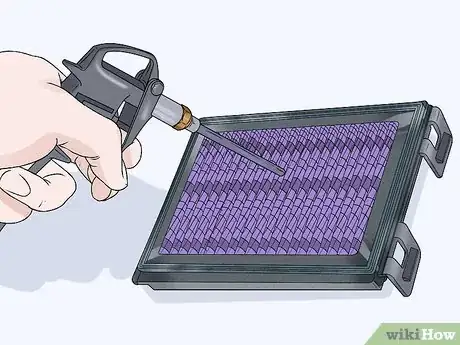
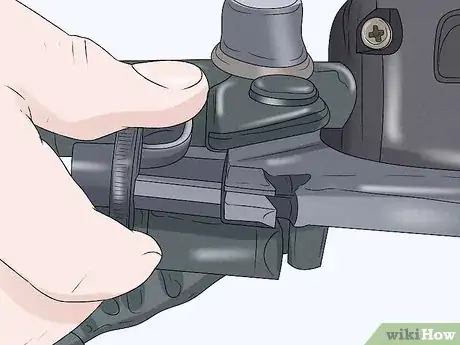

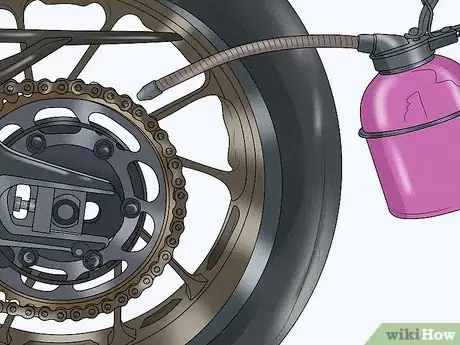
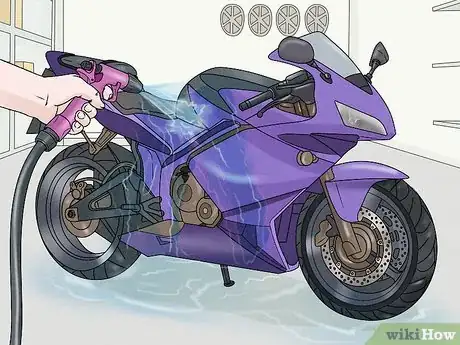
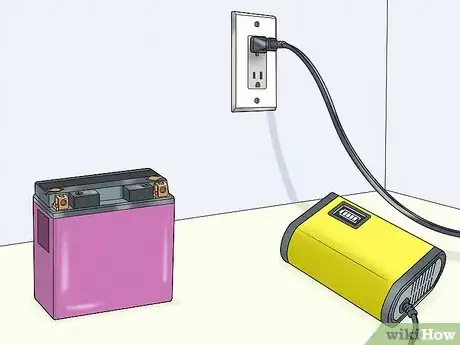
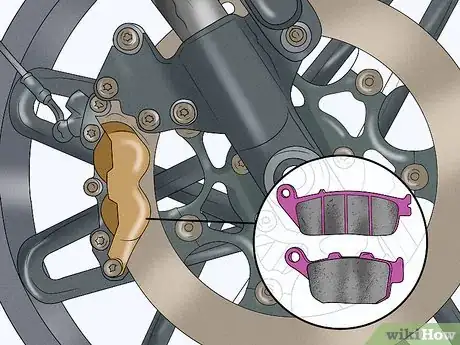
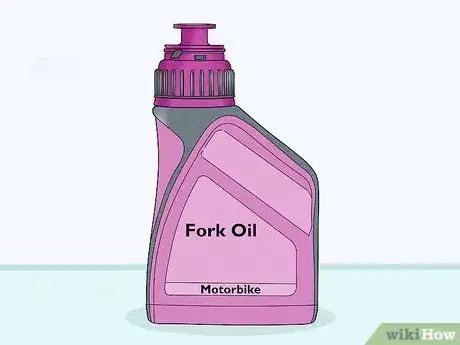
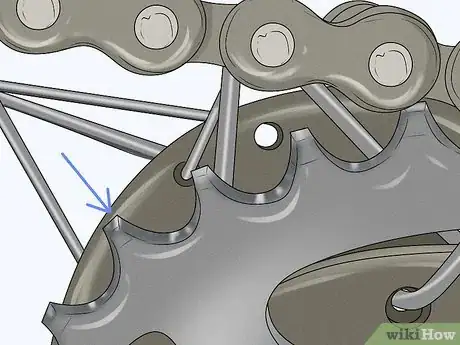
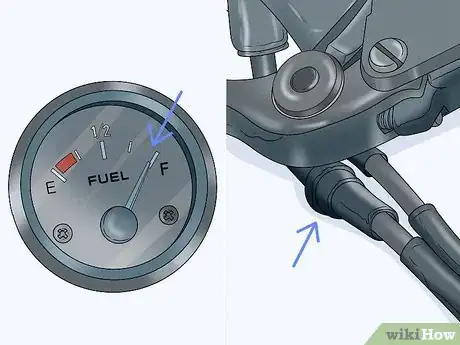


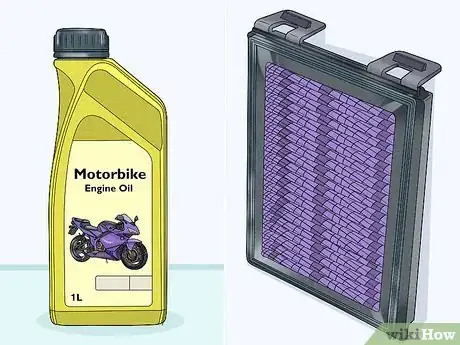
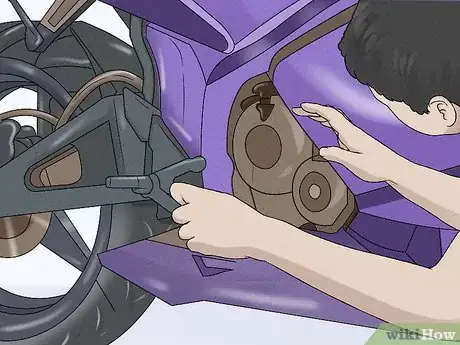
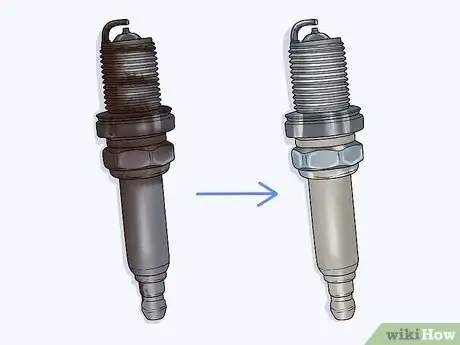
-Step-7-Version-2.webp)


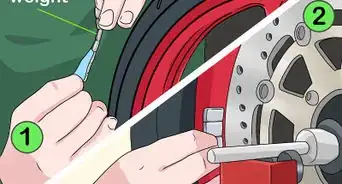

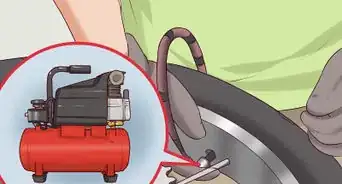



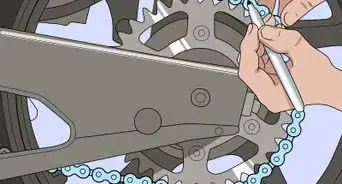









-Step-7-Version-2.webp)
